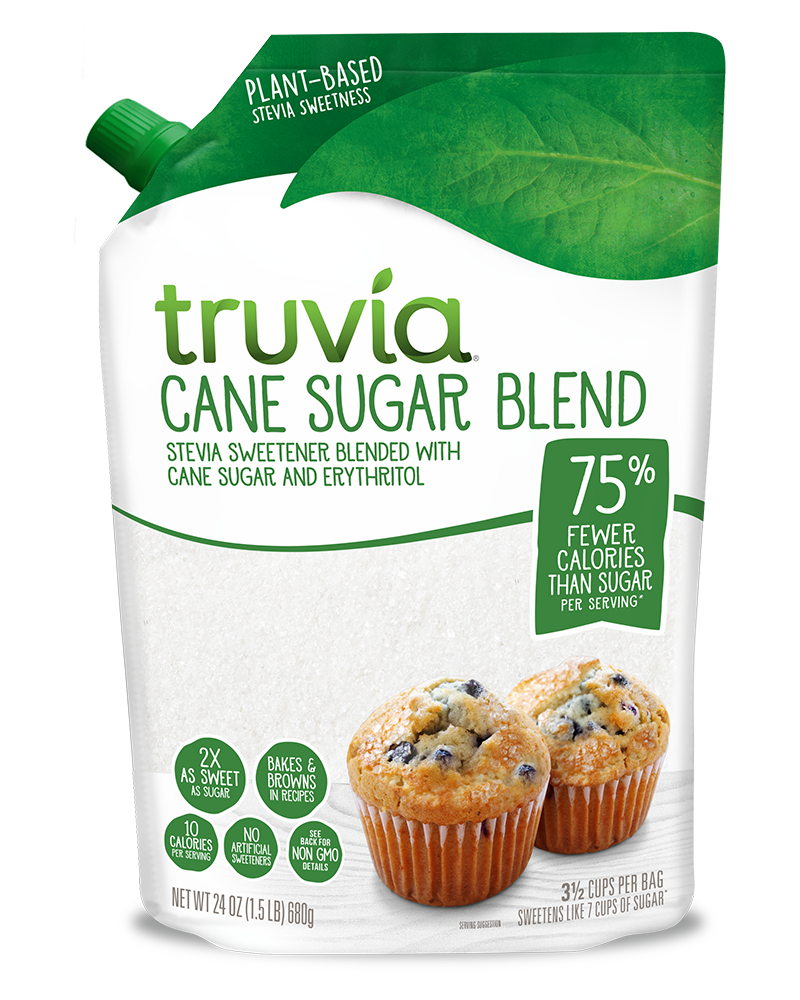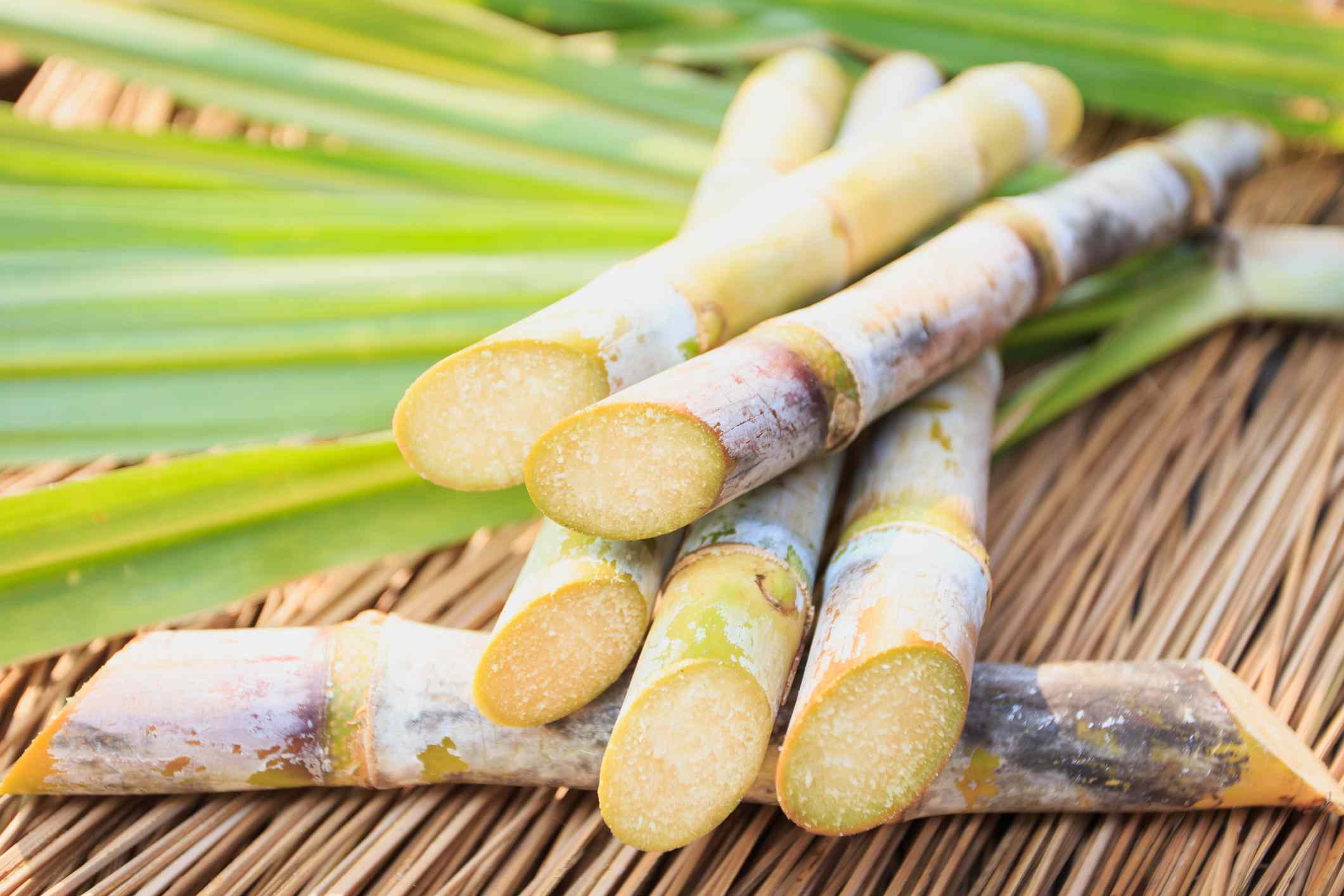The Journey of Cane Sugar Processing: From Harvest to Crystals
The Journey of Cane Sugar Processing: From Harvest to Crystals
Blog Article
A Thorough Overview to the Environmental Impact and Sustainability Practices in Walking Stick Sugar Processing
The ecological influence of cane sugar handling presents an intricate selection of challenges that warrant cautious examination. From soil deterioration and excessive water usage to the carbon impact connected with growing and production, the repercussions of conventional techniques are far-reaching. What details techniques can be executed to strike an equilibrium in between efficiency and environmental stewardship?
Summary of Walking Cane Sugar Processing
Walking cane sugar processing entails a collection of methodical steps that change sugarcane into polished sugar. Initially, gathered sugarcane is carried to processing centers, where it undertakes cleaning to remove dirt and particles. Following this, the cane is crushed to extract juice, which is after that cleared up by removing impurities with home heating and the addition of lime.
The cleared up juice undertakes dissipation, where water is removed to focus the sugar web content. These crystals are separated from the continuing to be syrup making use of centrifugation, resulting in raw sugar.
The last product is then dried and packaged for distribution. Throughout this entire procedure, keeping efficiency and high quality control is important to ensure the sugar fulfills sector standards. Each action in walking cane sugar processing not only adds to the last item yet likewise has effects for resource use and waste generation, establishing the stage for discussions on sustainability and ecological influences connected with sugar manufacturing.
Environmental Difficulties of Manufacturing
The production of cane sugar provides several significant ecological difficulties that warrant interest. One primary issue is the considerable use agrochemicals, including pesticides and plant foods, which can bring about soil deterioration, biodiversity loss, and contamination of local water resources. The runoff from sugarcane fields commonly carries these chemicals right into close-by ecological communities, interrupting aquatic life and influencing the wellness of areas reliant on these water bodies.
One more obstacle is the high power usage connected with sugarcane processing. The boiling and refining stages require considerable warmth, mostly generated by melting nonrenewable fuel sources, contributing to greenhouse gas exhausts. In addition, the large land location required for sugarcane farming can result in logging and habitat devastation, additional aggravating environment modification and harmful wildlife.
In addition, the labor practices in some areas raise moral problems, as workers may encounter inadequate working problems and poor wages. This circumstance frequently bolsters a cycle of hardship in regional communities. Cane Sugar Processing. Dealing with these ecological obstacles is vital for establishing more lasting methods in cane sugar production, ultimately profiting both the environment and the areas associated with this industry
Water and Land Use Impact
Water resources and land use are critical parts in the walking cane sugar market that considerably influence the setting. The farming of sugarcane requires considerable water input, with price quotes recommending that it can take in approximately 2,000 litres of water per kg of sugar created. This intensive use water commonly results in deficiency of regional water resources, impacting not just the sugarcane ranches however likewise surrounding communities and communities that count on the exact same water sources for agriculture and domestic usage.

Additionally, land use for sugarcane farming can lead to logging and the conversion of natural environments right into monoculture vineyards. This method lessens biodiversity, interferes with local environments, and adds to dirt degradation. The development of sugarcane fields commonly intrudes on beneficial agricultural land, producing competitors for resources between food and biofuel manufacturing.
Lasting practices, such as enhancing irrigation techniques and executing crop turning, are necessary to alleviate these influences. By taking on a lot more effective water usage and land administration approaches, the walking cane sugar market can lower its eco-friendly impact, making sure a balance in between farming performance and environmental preservation.
Greenhouse Gas Emissions
Greenhouse my latest blog post gas discharges stand for a significant ecological problem within the walking cane sugar processing sector, especially as agricultural practices increase to satisfy international demand. The farming of sugarcane, a plant that grows in tropical environments, counts greatly on artificial plant foods and chemicals, which contribute to laughing gas emissions. Additionally, land-use modifications, consisting of logging for brand-new sugarcane ranches, launch co2 saved in vegetation and dirt.
During processing, energy consumption is one more significant resource of greenhouse gas exhausts - Cane Sugar Processing. Lots of sugar mills utilize nonrenewable fuel sources to power machinery and create warmth, causing substantial carbon impacts. In addition, the transport of raw sugarcane and completed products adds layers of discharges via fuel combustion in vehicles
The cumulative effect of these emissions aggravates climate adjustment, posing threats not just to the setting however also to the long-lasting viability of the industry. Stakeholders have to identify the urgent need for detailed methods that resolve these emissions. This includes reviewing current agricultural practices, refining techniques, and transportation systems to determine locations for enhancement and reduction. Attending to greenhouse gas exhausts is necessary for promoting a more lasting walking stick sugar sector in a transforming climate.

Sustainable Practices and Innovations
Sustainable techniques and developments are significantly why not try this out crucial in the walking stick sugar handling industry as stakeholders seek to minimize environmental effects while maintaining productivity. One substantial improvement is the implementation of integrated crop administration, which maximizes resource use by incorporating soil management, insect control, official site and plant turning strategies. This strategy enhances yield while lessening chemical inputs and protecting dirt wellness.
In addition, the fostering of renewable resource resources, such as biomass from sugarcane residues, has gotten grip - Cane Sugar Processing. By converting waste products into energy, refining facilities can minimize their dependence on nonrenewable fuel sources, consequently reducing greenhouse gas emissions
Water monitoring methods have actually likewise seen renovations via the recycling and reusing of water in processing plants, dramatically reducing freshwater consumption. Technologies in innovation, such as accuracy agriculture, allow farmers to keep track of crop health and wellness and source usage better, making sure sustainable farming methods.
Moreover, qualification programs like Fair Profession and Jungle Partnership encourage ecologically accountable farming practices and promote social equity within the supply chain. By accepting these sustainable methods and innovations, the walking stick sugar handling sector can improve its durability and add positively to environmental stewardship.
Final Thought
The ecological impact of walking cane sugar processing presents significant obstacles, consisting of dirt deterioration, high water intake, and greenhouse gas emissions, together with ethical concerns connected to labor techniques. Dealing with these issues with sustainable techniques, such as incorporated crop management, eco-friendly power fostering, and water recycling, is essential. By advertising ecologically accountable and socially equitable techniques in sugar manufacturing, the market can alleviate its unfavorable results, making certain a more sustainable future for both communities and ecological communities included in this field.
Walking stick sugar handling includes a series of systematic steps that transform sugarcane right into refined sugar. Each step in cane sugar processing not only contributes to the last product however additionally has effects for resource use and waste generation, setting the phase for conversations on sustainability and ecological impacts linked with sugar manufacturing.
Greenhouse gas discharges stand for a significant ecological worry within the walking stick sugar handling market, especially as farming methods increase to fulfill international need.Lasting methods and advancements are progressively vital in the walking stick sugar handling sector as stakeholders seek to decrease environmental effects while preserving efficiency.The environmental impact of walking cane sugar processing presents significant challenges, including dirt destruction, high water intake, and greenhouse gas discharges, alongside honest issues related to labor methods.
Report this page